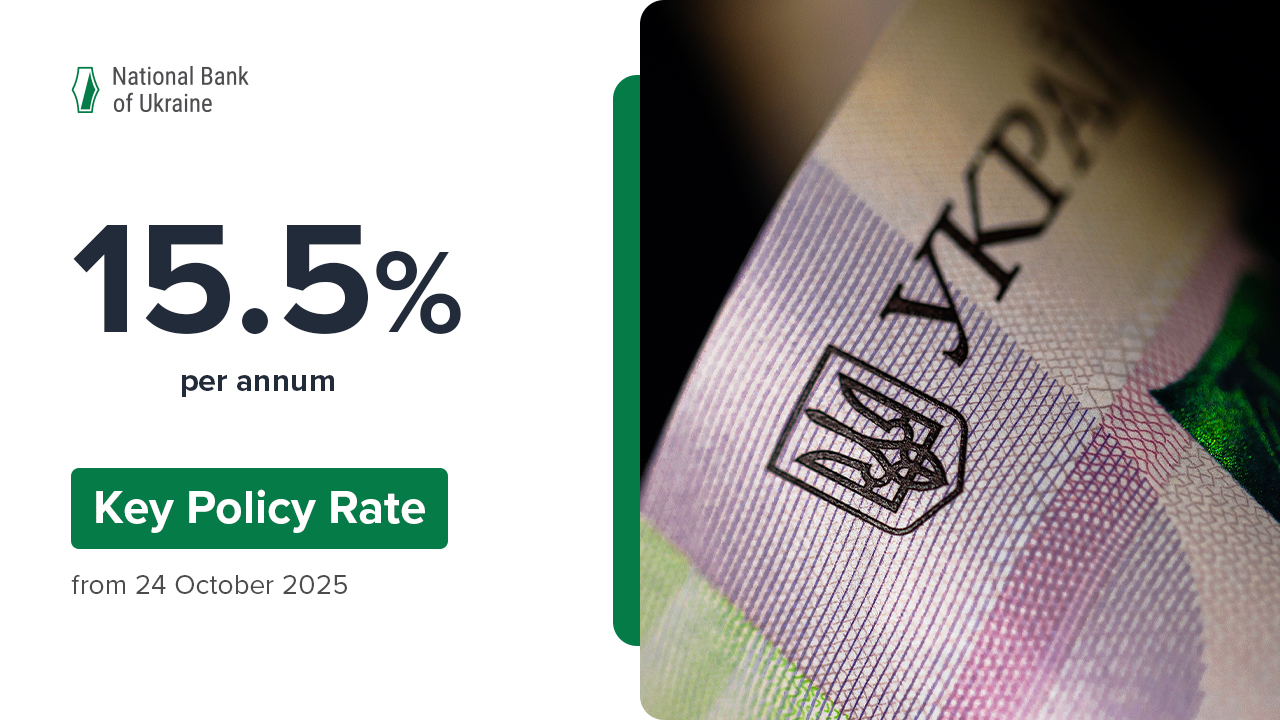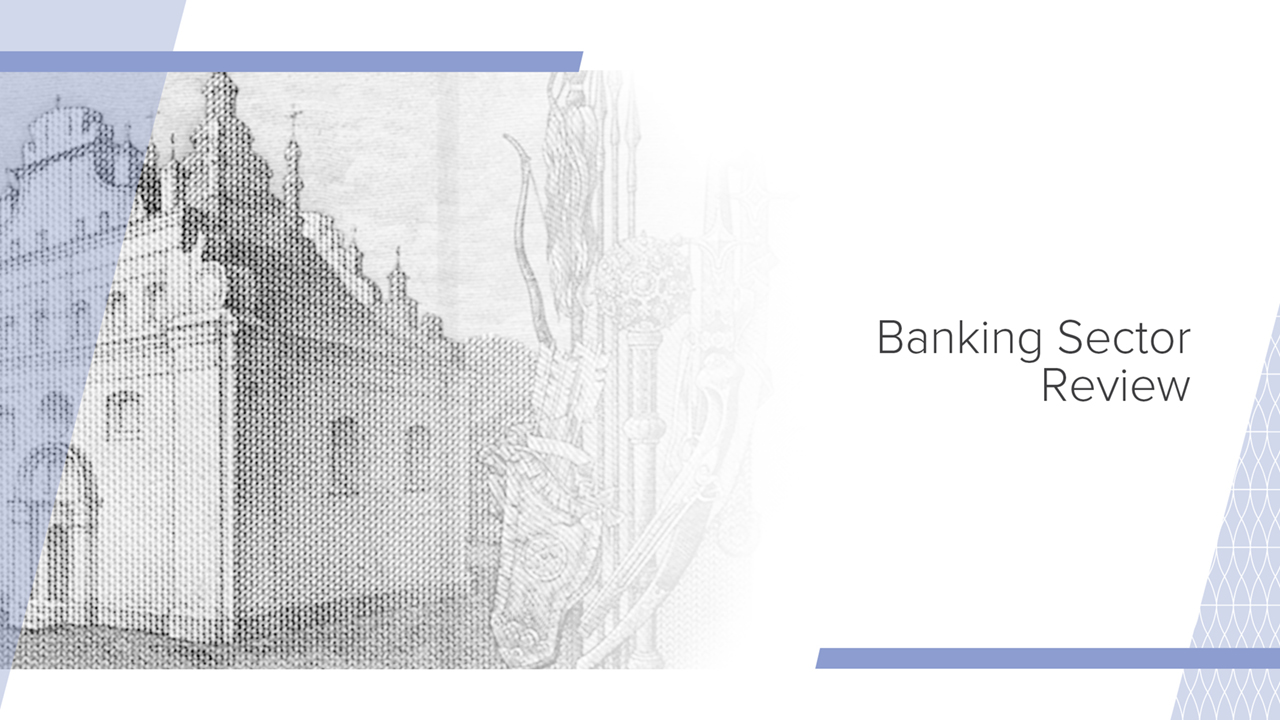The banking sector came through the first months of the war with moderate losses, thanks to the timely actions taken by the NBU and banks to ensure the smooth operation of financial institutions.
After russia unleashed its full-scale war of aggression, retail loan demand slumped. Enhanced government programs backed corporate lending.
Despite war-related risks, the level of liquidity remains consistently high. Client deposits in banks increased in volume primarily due to the growth in hryvnia retail demand deposits. Corporate deposits had declined since the war broke out, with most of the decrease occurring in FX corporate deposits.
The banking sector retained its operational profitability, but the need to build up significant provisions for expected losses led to the sector taking a loss in Q1.
Bank assets decreased as investments in securities fell, while the loan portfolio overall increased
Net assets of banks edged lower by 2.2% qoq in Q1 due to a decrease in investments in the NBU’s certificates of deposit and domestic government debt securities. Loan portfolio dynamics were uneven, but the portfolio grew as a whole.
Net hryvnia corporate loan portfolios grew by 4.8% qoq, while the dollar equivalent of net FX corporate loan portfolios grew by 2.2% qoq. State-owned banks ramped up their hryvnia loan portfolio by more than 10% qoq, the highest quarterly increase of all banks.
The growth in retail loans slowed to 0.7% qoq because of a decrease in loans in March. After martial law was imposed, loans were made only to finance the current needs of customers, while little to no mortgages and car loans were granted.
The NPL ratio shrank by 3 pp qoq, to 27.1%. In March, financial institutions began to gradually recognize the deterioration in loan quality caused by full-scale hostilities.
Growth in customer deposits ensured a consistently high level of bank liquidity
Hryvnia retail deposits rose by 10.8% qoq due to increases in demand deposits, while FX retail deposits fell by 8.6% qoq in dollar terms. Hryvnia corporate deposits fell by 13.1% qoq, while FX corporate deposits dropped by 10.6% qoq. The dollarization rate of client deposits remained virtually unchanged on a quarterly basis.
Sector sustained a loss due to the need to build up provisions for expected losses
The banking sector remained operationally profitable even as military action raged on. However, the need to accumulate provisions for expected losses had for the first time since 2017 resulted in the sector sustaining a quarterly loss of UAH 0.16 billion after suffering UAH 10.1 billion in losses in March. The number of loss-making banks in Q1 increased to 25, up from just 5.
Going forward, materialization of credit risk will be the primary factor driving the decline in bank capital. The NBU will not apply corrective actions to banks for breaching the required capital and liquidity ratios while martial law is in effect. After martial law is lifted, the NBU will allow banks enough time to restore their sustainability.
The loans and deposits data published in the Banking Sector Review differs from the corresponding information posted in the Monetary Statistics section of the NBU’s official website, because the former:
- contains data on the banks that were solvent as of the reporting date unless stated otherwise
- includes data from bank branches operating abroad
- contains data on deposits in other resident and nonresident banks
- has been adjusted for loan loss provisions unless stated otherwise
- contains data on personal certificates of deposit unless stated otherwise
- contains information on nonresident customers.







